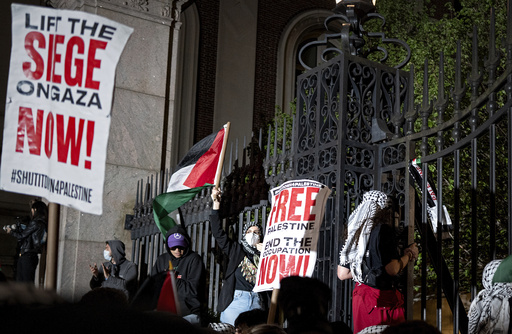It is April 17, 1836, and Mexican General Antonio Lopez de Santa Anna once again cannot go to sleep. He has split the Mexican Army of Operations for the Tejas Campaign into three fronts. All have the same mission: suppress and end the Texas Revolution movement.
The Army retook the Alamo in Bejar (i.e., San Antonio) on March 6. The campaign will not be complete until General Sam Houston and the remaining Texas militia is captured or forced east across the Louisiana border into the United States. Houston hurriedly led his men eastward in full retreat.
Santa Anna orders General Antonio Gaona to march north and east to Bastrop with Nacogdoches in East Tejas as his destination near Louisiana that was then the U.S.-Mexico border. General Jose Urrea on the Texas coast continues his impressive march and string of victories. His greatest blow to the Texas Revolution was intercepting and surrounding Colonel James Fannin in the El Encinal del Perdido Plain (i.e., Coleto Creek) on March 19-20, 1836. The Texans put up a formidable defense but capitulated with no water, no food, and no hope for reinforcements. Urrea’s troops then marched the Texas rebels back to the Presidio de la Bahia in Goliad. On Palm Sunday, March 27 nearly 400 Texans were executed as their sentence for taking up arms against the Mexican government.
Santa Anna with great haste is leading the Army in the central front and traveling east and northeast as dictated by the need to cross Texas rivers into the heart of the Anglo-dominant settlements. Many of these frontier communities were established legally with the permission of the Mexican government. Others sprung up on their own illegally without any land grant authorization. Regardless of their status in the Province of Coahuila y Tejas, these settlers were more and more convinced that they wished for Texas independence from Mexico.
 Alamo defenders
Alamo defendersBecause of new rumblings in Mexico City of yet another political-military revolution, Santa Anna was in a hurry to capture Houston, finish the Texas campaign, and return to the Mexican capital. If not, he may be forced to embark on a ship on the Texas coast and return to Mexico to reestablish authority against whatever faction was now threatening the national government.
If you had attended the Texas Fest 2024 battle reenactments this past weekend at the city-owned Harlingen Field, you would have seen the outcome of the final clash on April 21, 1836, between Sam Houston and Santa Anna at a site called San Jacinto (located outside of what is today Houston, Texas). The event was organized by the Texas Heritage Independence Celebration Association (THICA) with excellent sponsors and supporters. The community festival featured two other pivotal confrontations between the Mexican Army and the Texas Militia Army. The militia included brave Tejanos who lost their lives defending the Alamo. Using outstanding horsemanship, Tejanos were also instrumental in attacking Santa Anna’s forces at the Battle of San Jacinto.
 Inspecting the Mexican troops
Inspecting the Mexican troopsThe Battle of Gonzales took place on October 2, 1835, and sparked the Texas Revolution into full swing. The high drama encounter was due to a Mexican Army request for the return of a six-pounder cannon lent to Gonzales for community protection. The clash gave birth to the famous “Come and Take It” phrase of defiance by the Texas settlers.
The Battle of the Alamo took place on March 6, 1836, and was also recreated by THICA Members and Volunteer Re-enactors, including two Harlingen city commissioners as Texas militia members. The event explained why the Mexican Army marched three months to Bejar in the middle of winter to surprise the rebels in Bejar. Participants demonstrated what happened in the days and hours leading up to the infamous battle. The battle scene concluded with a reenactment of the final assault that was launched before dawn on a very cold March 6 morning. The scene included Santa Anna’s soldiers lining up and executing the few surviving defiant rebels.
 Mexican Army officers
Mexican Army officersTHICA invites Rio Grande Valley residents to join them next year for the annual event in Harlingen, Texas. The festival honors the history that gave birth to the Republic of Texas (which eventually was annexed to the U.S. in 1845). Visit happybirthdaytexas.com for event and organization information. Contact THICA to participate as a reenactor, a history presenter, a volunteer, an artist depicting history, a vendor, or just come see history come alive.
 New re-enactor recruits training
New re-enactor recruits trainingEditor’s Note: The above guest column was penned by Salomon Torres, a member of the Texas Heritage Independence Celebration Association (THICA) and Mexican Army re-enactor. THICA aims to bring attention to the forgotten Tejanos of the Texas Revolution. THICA strives to preserve the state’s rich history and promote greater appreciation for the sacrifices on both sides of the Texas conflict.
The post Torres: Where is Sam Houston? appeared first on Rio Grande Guardian.
 (2).png)
 1 week ago
37
1 week ago
37









 English (US)
English (US)